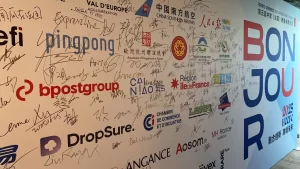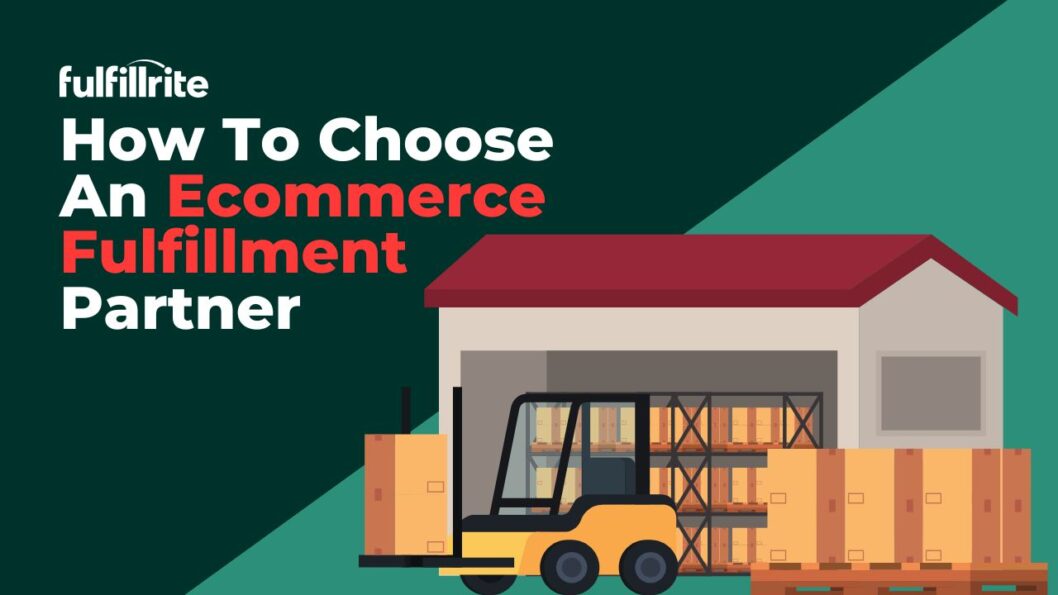In June 2025, DropSure was invited to participate in the China-Europe (France) Cross-Border E-Commerce Forum held in Paris, France. This event is a key exchange platform for the cross-border e-commerce ecosystem between China and France, gathering numerous e-commerce platforms, brands, logistics providers, and marketing agencies to jointly explore global e-commerce trends and China-Europe cooperation opportunities.
As a leading global fulfillment platform, DropSure attended the forum as an exhibitor, actively showcasing our solutions in automated product selection, brand customization, and intelligent fulfillment. This was also a great opportunity to establish direct connections with more local French sellers and partners.

At the Exhibition
At the event, DropSure’s booth attracted a lot of attention. We demonstrated how the DropSure platform helps sellers operate efficiently without holding inventory—from one-click product selection to fast shipping, from branded packaging to customer experience. Every step is simplified yet professional, addressing the top concerns of cross-border sellers such as timeliness, cost, and service stability.
Many French independent site sellers and market operation teams engaged in deep conversations with us, showing strong interest in DropSure’s efficient, transparent, and automated global fulfillment capabilities.

Face-to-Face Communication
Beyond the booth display, the DropSure team also participated in offline networking sessions extending from the forum, discussing topics including the development of the European market, consumer preferences, and localized supply chain services.
Through these face-to-face interactions, we gained a deeper understanding of the real needs of French local e-commerce sellers and introduced them to DropSure’s customized logistics routes and localized service capabilities tailored for the European market.

European Market Layout
This trip to France was not only an opportunity to showcase our platform’s strengths but also a significant step in DropSure’s formal launch of localized market deployment in Europe. Our upcoming plans include further optimizing services for France and neighboring European markets, such as:
● Enhancing local logistics efficiency and shortening transit times
● Expanding customizable product categories and brand services
● Strengthening supply chain collaboration with French and European service providers
● Regularly organizing online and offline sharing and training events for local sellers

Join the DropSure Family
DropSure is committed to building a dropshipping platform that enables sellers worldwide to easily start and expand their businesses. We warmly welcome sellers from France and Europe to join the DropSure platform and embark on a high-efficiency, transparent, and low-barrier global sales journey.
Contact Us
● Official website: https://www.dropsure.com/
● Business cooperation contact: marketing@DropSure.com
● For more events and platform updates, please follow DropSure’s official Facebook page

 3 min read
3 min read




